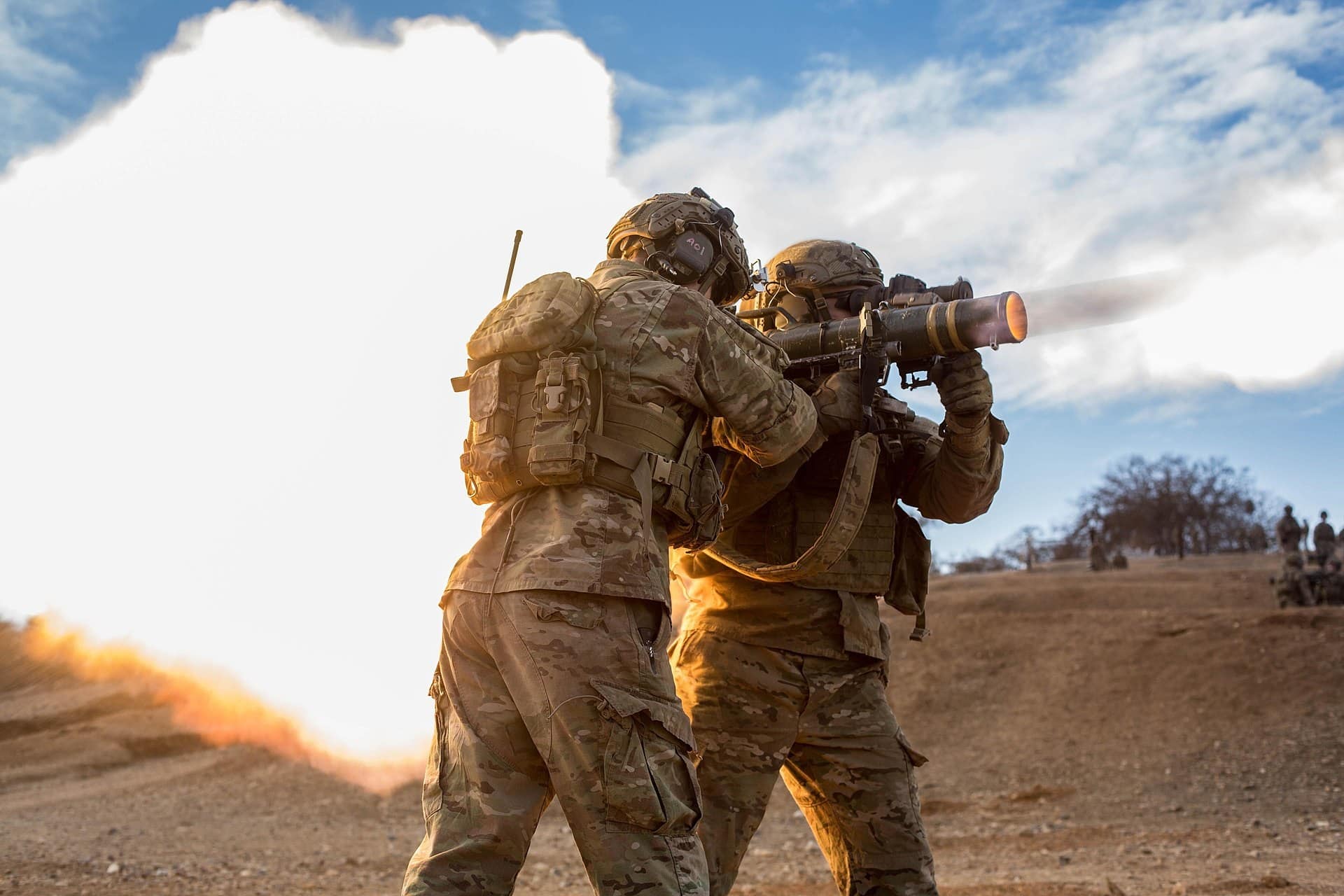Meet the Carl Gustaf: The war in Ukraine has shone a spotlight on anti-armor weapons and the extent to which they can cripple, slow down, and destroy armored formations in war.
When used with tactical proficiency and enabled by modern upgrades, cutting-edge anti-armor weapons have influenced and even redefined elements of modern warfare. For instance, Ukraine has been firing shoulder-launched anti-armor rockets, the same mdel urgently delivered to Afghanistan 10 years ago, called the Carl Gustaf.
The Multi-Role, Anti-Armor Anti-Personnel armament is a mobile direct-fire weapon for dismounted troops, intended to destroy light enemy structures and vehicles, dismounted groups of enemy fighters, and other key targets such as small buildings.
The Carl Gustaf was initially delivered in response to an Operational Needs Statement requesting a direct-fire weapon, states a post on the Army site from 2012.
The concept is to give dismounted units the mobile ability to target and destroy enemy vehicles or troop concentrations with high explosive rounds capable of both airburst and mechanical time fuses to tailor and maximize lethality as needed.
Often fired using a laser rangefinder, airburst rounds can be programmed to explode at a specific distance in close proximity to a specific identified target.
Carl Gustaf rounds can be particularly impactful when attacking an enemy fighter in defilade, meaning a protected position, where the operators are unable to be targeted.
The weapon, which is manufactured by Saab, has been used by U.S. Army Rangers, Navy SEALs, and Special Forces for many years.
Several Carl Gustaf units were initially sent to Afghanistan years ago as part of a limited operational assessment.
The Army purchased the weapon by joining with U.S. Special Operations Command in a combined buy from Saab.
Carl Gustaf Fires Up to 6 Rounds Per Minute
The anti-armor, anti-personnel, shoulder-fired multi-role weapon is 42 inches long, weighs 21 pounds, and can fire up to six rounds per minute, Saab North America developers explained when the weapon was first released.
Saab weapons developers have said the unguided munition uses thermal sights at the correct range to pinpoint targets by radio frequency (RF) or thermal signature.
Added to the high-explosive rounds are dual-purpose rounds, illumination rounds, flechette rounds, smoke rounds, and enhanced anti-armor rounds.
The Carl Gustaf can fire the anti-armor high explosive round, which can be set to detonate upon impact or explode on “delay” after penetrating the target.
With a two-man crew including a gunner and a loader, the Carl Gustaf can fire as many as six rounds a minute to inflict damage onto a target.
The weapon seems to be a useful complement to the Javelin anti-tank missile, which has been upgraded with new sights, targeting on-the-move technology, and range capacity.
Although the rounds fired by the Carl Gustaf are unguided, apart from line-of-sight targeting available through thermal sights, it certainly seems conceivable that newer kinds of target acquisition are likely to appear quickly.
These innovations certainly improve the lethality of anti-armor weapons used by dismounted infantry, which have been effective in armored warfare as far back as WWII, according to a 1985 report from Fort Leavenworth’s U.S. Army Command and General Staff College, Combat Studies Institute.
The challenges of facing the fast-advancing offensive tactics used by Nazi Panzer tanks made defensive postures extremely difficult and complicated. During these years, a report by Dr. Christopher Gabel maintains, Allied forces discovered the merits of using dismounted infantry for “offensive” counterattacks against the approaching tanks. In essence – meet “offense with offense.”
“The counterattack has long been termed the soul of the defense. Defensive action against a tank attack calls for a counterattack in the same general manner as against the older forms of attack … There is no reason why anti-tank guns, supported by infantry, cannot attack tanks just as infantry, supported by artillery, has attacked infantry in the past,“ the report, “Seek, Strike and Destroy: U.S. Army Tank Destroyer Doctrine in World War II,” states. (Dr. Christopher Gabel).
Kris Osborn is the Military Affairs Editor of 19FortyFive and President of Warrior Maven–Center for Military Modernization. Osborn previously served at the Pentagon as a Highly Qualified Expert with the Office of the Assistant Secretary of the Army—Acquisition, Logistics & Technology. Osborn has also worked as an anchor and on-air military specialist at national TV networks. He has appeared as a guest military expert on Fox News, MSNBC, The Military Channel, and The History Channel. He also has a Master’s Degree in Comparative Literature from Columbia University.
From 19FortyFive

